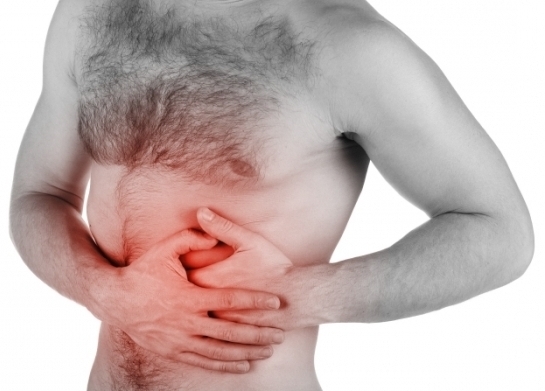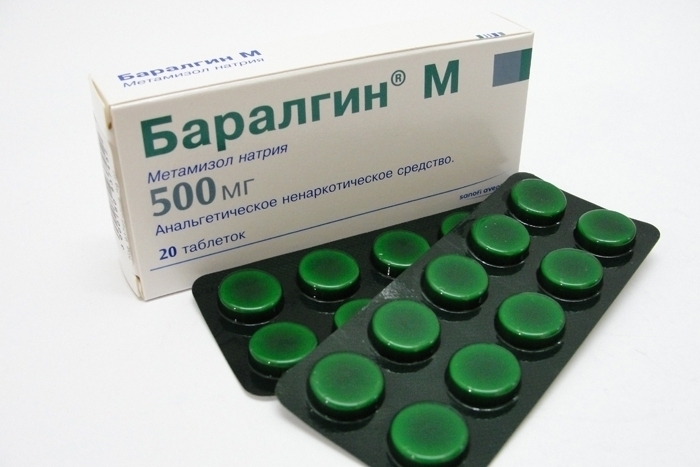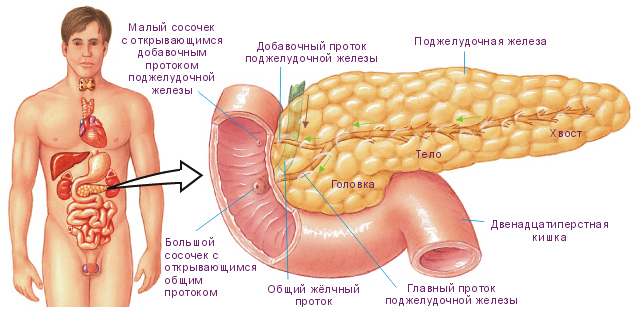What medicine can I take if the pancreas is aching?
What medicine to take, if the pancreas hurts, only the treating doctor will correctly say.
Do not listen to this advice from neighbors, friends and relatives.
After all, it is not difficult to buy and drink a medicine, but only an expert should prescribe it and specify the dosage.
Taking a drug that others think should "take off" pain, there are no guarantees that the treatment will be effective and as a result there will be no complications.
First aid for pain in the pancreas
Contents:
- First aid for pain in the pancreas
- Antispasmodics for the pathology of the pancreas
- Analgesics for the treatment of the disease
The pancreas is located behind the stomach, it contacts the duodenum, it is conventionally divided into the tail, the body and the head.
The main function of the gland in the body is to produce enzymes that promote the digestion of carbohydrates, proteins and lipids.
In addition, the pancreas produces polypeptide hormone and insulin.
Symptoms of the pancreatic organ pathology are similar to those of chronic pancreatitis, development of oncological pathologies and diabetes mellitus.
Painful spasms almost always twist a person with pancreatitis( inflammation of the pancreas), especially after drinking and unhealthy food.
But when aching pain has a shingling character or is localized under the spoon, then suspicion falls on the pathology of the pancreas.

Almost always the pain in the pancreas is accompanied by nausea and vomiting, and the patient can also experience flatulence and diarrhea.
In this case, it is recommended that you seek medical advice as soon as possible.
Before the arrival of medical care, it is necessary to try to alleviate the condition of the patient:
- to relieve swelling and reduce pain, you need to attach to the area of the pancreas the cold water bottle;
- provide the patient complete peace, since any excess movement will only increase discomfort;
- the patient should drink a lot of fluids, the best option is the use of alkaline mineral water without gas, which will contribute to the outflow of pancreatic juice;
- to relieve painful spasms, the patient can give No-shpa or Papaverin.
During this period, the patient can not eat anything, which will eliminate the burden on the inflamed organ. It is also forbidden to smoke.
Specific drugs for pain in the pancreas can be prescribed only by the attending physician, after examining the patient and receiving the results of the analysis.
Spasmolytics in the pathology of the pancreas
Treatment for pancreatic disease is carried out using painkillers and antispasmodics. It can be either tablets or intramuscular injections.
The most common antispasmodics are tablets and injections from pain of the "No-shpa" type, where drotaverin acts as an active substance.
The purpose of the medication is to relax the muscles of the body, due to which it is possible to relieve painful spasms.
Video:
Therefore, if a person does not know what medicines to drink with pain in the pancreas, it is best to give preference to this drug. Moreover, the side effects after taking it are a rarity.
No-shpu should be discontinued if the patient has:
- nausea;
- tachycardia;
- decreased blood pressure;
- started dizziness;
- allergic reaction occurred.
As for contraindications, the drug on the basis of drotaverine is contraindicated for children under six years old, as well as for adults suffering from kidney, heart, liver disease, a violation of the metabolism of galactose.
For women with a nurturing and nursing baby, this medication should only be prescribed by a doctor to patients with low blood pressure.
If the No-shpa is contraindicated for the patient, instead of it, he can take another antispasmodic, for example, "Papaverin".
The drug lowers the tone of smooth muscles, so it relieves pain and prevents spasms.
"Papaverin" is contraindicated in people with liver disease, with glaucoma and atrioventricular blockade, as well as with individual intolerance of the drug components.
The medication is not prescribed for children under 6 months, in specific cases up to 1 year, and for elderly patients.
Despite the fact that such drugs have OTC, pregnant and lactating women "Papaverin" should be attributed only to a doctor.
In addition, spasmolytic has side effects, so stop drinking these pills are necessary with a strong drop in blood pressure.
Also, a person taking "Papaverine" may have drowsiness, nausea, severe sweating, diarrhea.
Analgesics for the treatment of the disease
What else can you take pills if the pancreas hurts? These are drugs from a group of non-narcotic analgesics, for example, such as "Baralgin" or "Acetaminophen."
Drugs are contraindicated, so it is recommended that you read the instructions before taking them without prescription.
In case of pain in the pancreas, the doctor can prescribe the "Baralgina" reception only if the patient does not have bronchial asthma.

In addition to this contraindication, there are a number of others, for example, pregnancy, renal and hepatic insufficiency, blood diseases, allergy to drug components.
Also "Baralgin" is contraindicated for children under 15 years old. Among the possible side effects: allergies, a failure in the digestive system.
If it hurts in the pancreas area, and the treatment can not include taking the above nonsteroidal medication, then the doctor can assign the patient "Acetaminophen" instead.
Paracetamol is used as the basis in this medicine. The drug is administered in the form of tablets, syrup, suspension, powder and solution for injection.
The drug is contraindicated before the age of 12 years, with hepatic and renal insufficiency, anemia and sensitivity to the drug components.
Among the side effects - the possibility of an allergic reaction.
In conclusion, it should be said that treatment with antispasmodics and analgesics of the pancreas, without proper nutrition, will not have a positive result.
Therefore, in the early days of exacerbation of the disease, the treatment provides for a hunger diet, which is necessary for the pancreas to recover quickly.
Video:
In this case, the patient is recommended to drink a lot of liquid.
In the following days, the therapeutic diet is formed on the basis of vegetable broths and mucous porridges.
As for the use of meat products, as long as the treatment lasts, as well as several months after it, the patient can eat only small amounts of dietary meat.
If you comply with all the prescriptions of the attending physician, then this will reduce the number of attacks and the intensity of possible exacerbations.



